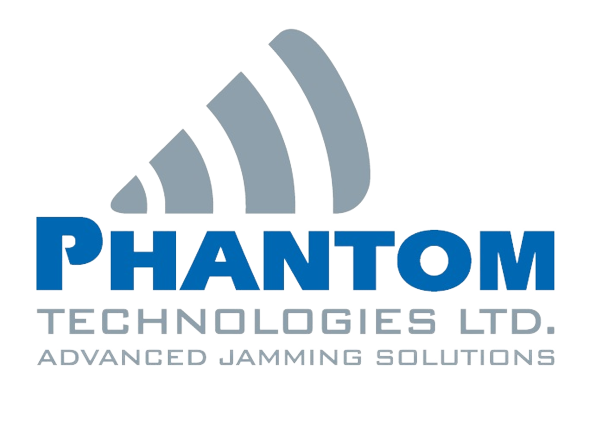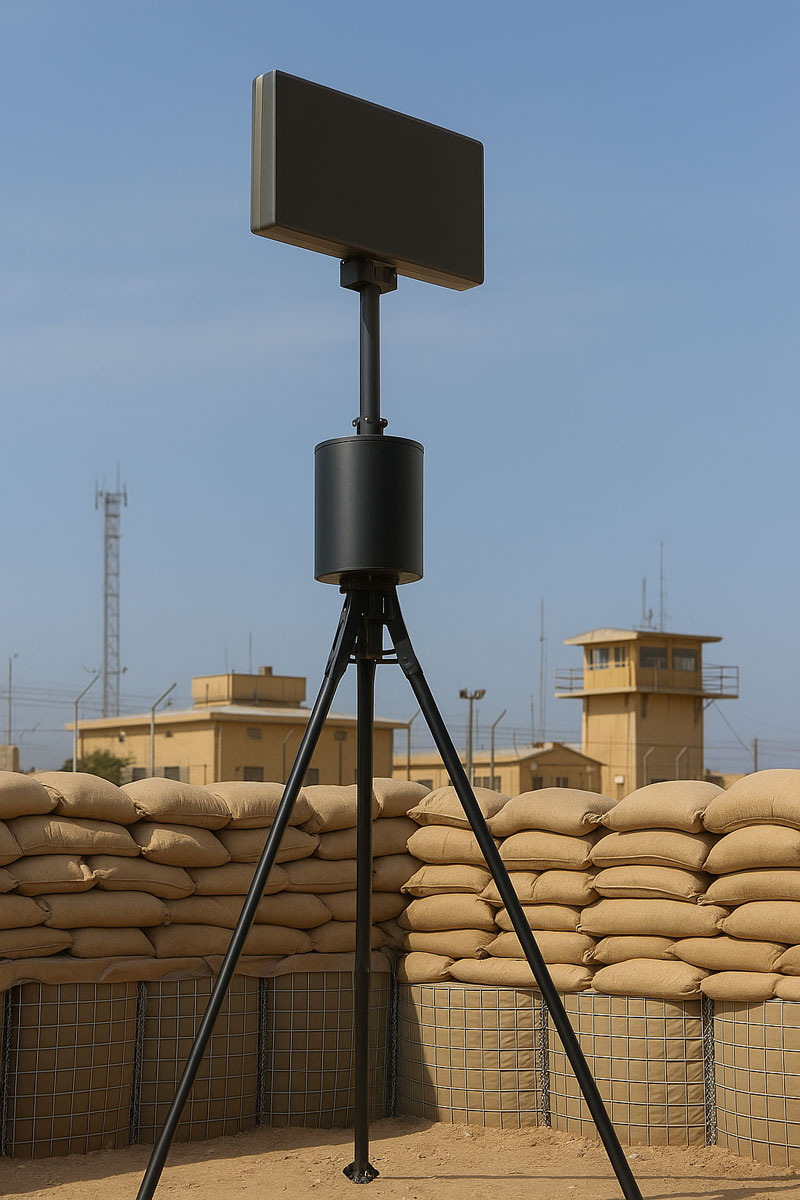Staring Radars – Fixed-Beam Precision Radar for High-Resolution Surveillance
Phantom Technologies’ Staring Radar Systems are advanced non-scanning radar solutions designed to continuously monitor a fixed area with exceptional precision and detail. Unlike rotating or sweeping radar systems, staring radars use a stationary antenna that emits a constant radio frequency beam, allowing uninterrupted observation and high-resolution tracking of targets within their field of view.
These systems are ideal for perimeter protection, critical infrastructure defense, airspace monitoring, SAR imaging, and ground surveillance applications where real-time data and fine-grain resolution are required.
Key Capabilities
-
Stationary Antenna for Continuous Monitoring
Provides uninterrupted observation of a predefined area without mechanical movement, enhancing durability and reducing maintenance.
-
High-Resolution Target Imaging
Delivers detailed radar returns capable of identifying the size, shape, trajectory, and velocity of fixed or moving objects.
-
Enhanced Detection in All Weather Conditions
Operates reliably in fog, rain, snow, and low-visibility scenarios, making it ideal for all-weather surveillance and critical zone monitoring.
-
Low Power, High Precision
Requires less power than mechanically rotating systems while providing superior accuracy and faster detection response.
-
Real-Time Situational Awareness
Offers a constant data stream from a fixed viewpoint, ideal for border control, coastal surveillance, and counter-UAV applications.
-
Airport Perimeter and Airspace Security
-
Border and Sensitive Area Monitoring
-
Synthetic Aperture Radar (SAR) and Ground Imaging
-
Counter-Drone Surveillance (C-UAS)
-
Military Outpost and Base Defense
-
Critical Infrastructure Protection
-
Urban Surveillance and Strategic Facility Guarding
Phantom’s Solution
Phantom Technologies’ Staring Radar Platform leverages fixed-array technology to deliver persistent radar coverage with high-resolution output and minimal signal latency. Designed for easy integration into C4ISR systems, our radar is adaptable to both fixed installation and vehicle-mounted deployments.
The system can operate independently or as part of a multi-sensor surveillance network, providing target discrimination, threat classification, and tracking continuity with low false alarm rates. Built with solid-state electronics, the system is rugged, compact, and engineered for long-duration missions in hostile or remote environments.
-
Constant 24/7 surveillance of a fixed sector
-
Extremely detailed imagery for identification and classification
-
No moving parts – reduced mechanical failure risks
-
Suitable for high-traffic or static area observation
-
Ideal complement to rotational radar systems in layered defense
-
Scalable and integrable into existing tactical or strategic infrastructure
Why Phantom Technologies?
With over 20 years of expertise in RF systems and security surveillance, Phantom Technologies delivers next-generation radar solutions for military, law enforcement, and homeland security missions. All products are designed and manufactured in Israel, supporting operational continuity in complex field conditions and mission-critical deployments.






